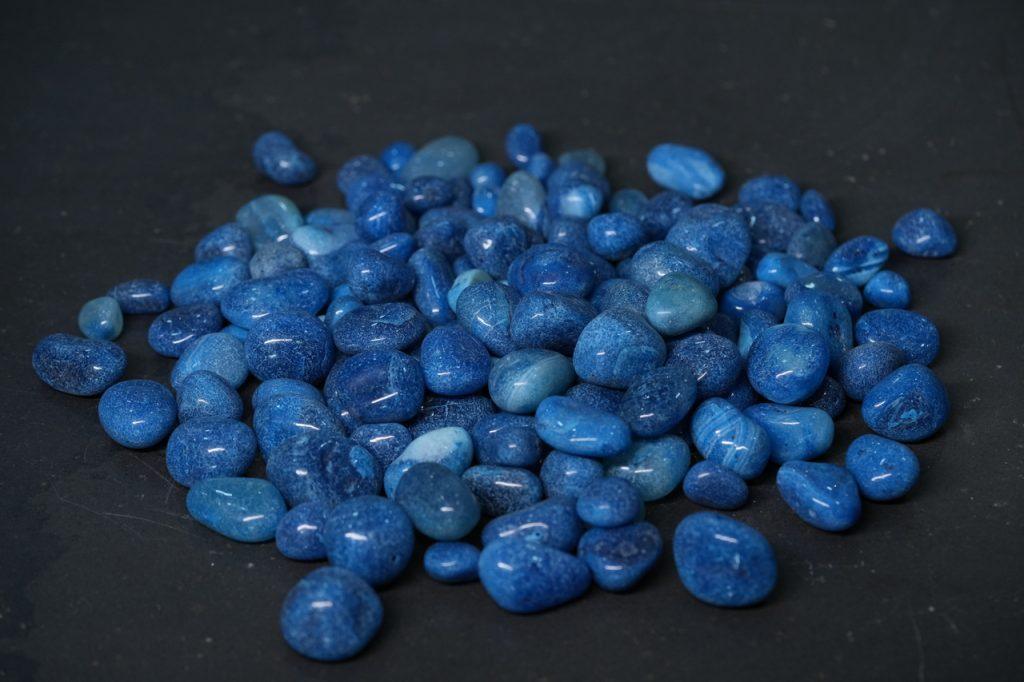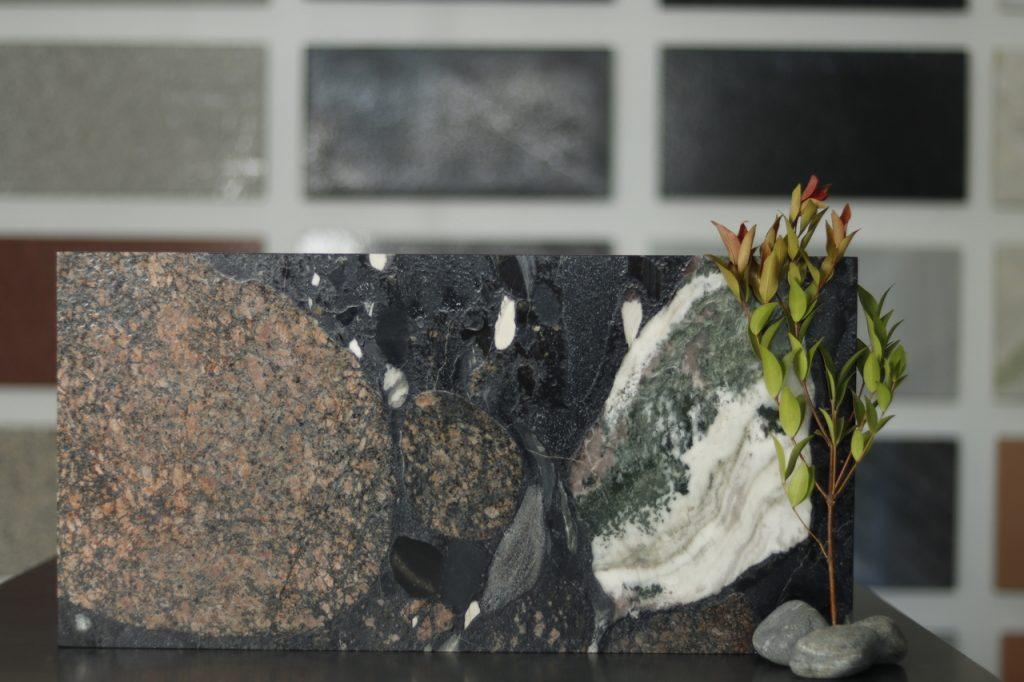Top Natural Stone Trends in Interior Design 2025: What Architects & Designers Must Know?
Emphasizing Natural Materials in Sustainable Architectural Design
admin
July 22, 2024
Marbles

Sustainable architecture refers to environmentally friendly practices and materials that blend buildings harmoniously with the natural surroundings. It aims to minimize the environmental impact of constructions by prioritizing energy efficiency. Also known as “green” architecture, it encompasses the entire lifespan of a building, from design to post-use resource management.
This approach views buildings as living entities that consume resources and produce waste. Therefore, sustainable architecture aligns with sustainable development principles and the circular economy concept.
Characteristics of Sustainable Architecture:
- Strive for a balance between technology, aesthetics, energy efficiency, and environmental respect.
- Prioritize sustainability while ensuring optimal health, lighting, and livability conditions with minimal energy usage.
- Emphasize elements such as energy efficiency, interior lighting and acoustic comfort, biophilic design, use of sustainable or recycled materials, harnessing natural resources like solar energy and rainwater, and transitioning to renewable energies.
Materials Used in Sustainable Architecture Projects:
Material selection plays a crucial role in sustainable architecture projects, influenced by factors like location, orientation, climate, and building conditions. Ideal materials are durable, high quality, minimally processed, non-toxic, recyclable, and blend naturally with the surroundings.
Efforts should be made to reduce the use of high-energy-consumption materials like concrete and steel, favoring natural materials that lower the environmental impact. Utilizing locally sourced materials can decrease construction time, transport emissions, and costs. Some common natural materials include:
Natural Stone:
Highly efficient for sustainable architectural projects, it has minimal ecological impact and can be reused, adding value to both interiors and exteriors.
Wood:
Used in structures and finishes, certified sustainable wood is preferred for eco-friendly projects.
Natural Slate:
An inert mineral product requiring minimal processing, suitable for roofs and facades due to its durability and aesthetic appeal.
Importance of Natural and Sustainable Materials in Construction:
- Environmental benefits and enhanced building efficiency.
- Absence of toxic chemicals leading to improved indoor air quality and occupant well-being.
- Reduction in greenhouse gas emissions during production and transportation.
- Lower energy consumption in manufacturing and maintenance phases.
- Minimization of waste during construction and demolition.
Benefits of Sustainable Architecture:
- Economic savings through natural resource usage efficiency.
- Incorporation of innovative elements for sophisticated and aesthetically pleasing designs.
- Reduced demand on infrastructure and municipal services like water and waste management.
- Promotion of well-being by integrating buildings into landscapes, improving air circulation, reducing humidity, and enhancing insulation.
Explore our wide range of natural materials for sustainable architecture projects at Grava Stones!
Have Any Question?
If you have any queries or concerns, feel free to reach out. We are here to assist you.



